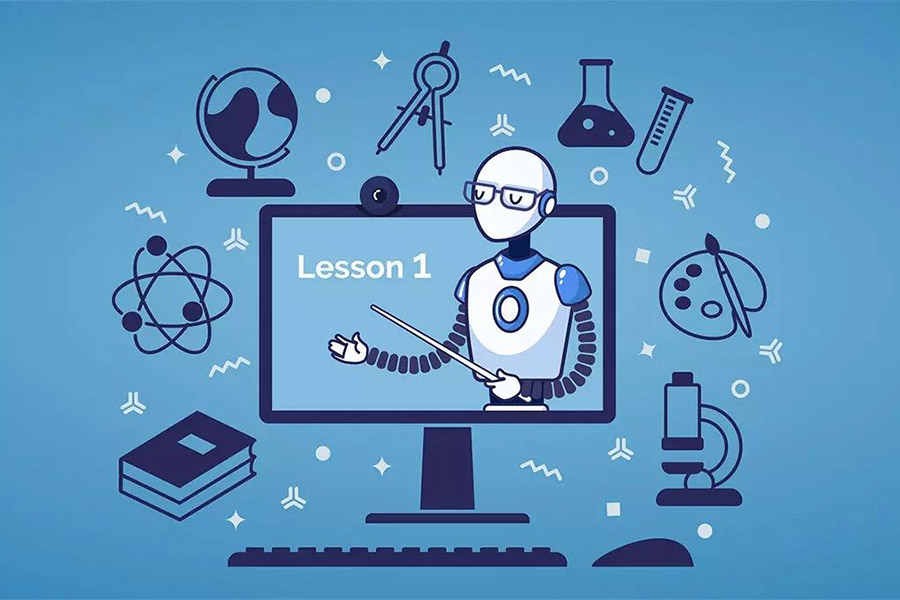Artificial Intelligence (AI) has been a subject of fascination and study for decades, promising to revolutionize various aspects of our lives. A crucial subset of AI that has gained significant momentum and attention is Machine Learning (ML). Machine Learning is the study of computer algorithms that improve automatically through experience and by the use of data.
At its core, Machine Learning involves the creation of models - mathematical structures that capture patterns in the data. These models are trained on a dataset and then used to make predictions or decisions without being explicitly programmed to perform the task. This automated learning ability is what distinguishes Machine Learning from traditional programming.
There are three primary types of Machine Learning: Supervised Learning, Unsupervised Learning, and Reinforcement Learning.
Supervised Learning is the most common type of Machine Learning. It involves a dataset with both input and corresponding output data. The goal of a supervised learning algorithm is to learn a mapping function from inputs to outputs. Once trained, the model can predict the output for a new input. Examples of supervised learning algorithms include linear regression for regression problems and logistic regression, decision trees, and support vector machines for classification problems.
Unsupervised Learning, on the other hand, deals with datasets that only consist of input data and no corresponding output data. The aim is to model the underlying structure or distribution in the data to learn more about the data. Common unsupervised learning techniques include clustering (e.g., k-means, hierarchical clustering) and dimensionality reduction (e.g., Principal Component Analysis).
Reinforcement Learning is a type of Machine Learning where an agent learns to behave in an environment by performing actions and seeing the results. The agent receives rewards or penalties for its actions and aims to maximize the total reward. It is particularly suitable for situations where we don't have explicit supervision, but there is a temporal aspect with delayed feedback. Examples include game-playing AI, robot navigation, and real-time bidding in advertising.
Deep Learning is a newer subset of Machine Learning that focuses on artificial neural networks with many layers (hence "deep"). These models are particularly effective at processing complex, high-dimensional data like images, audio, and natural language.
In conclusion, Machine Learning is a dynamic and powerful subset of AI, enabling computers to learn from data, adapt to inputs, and improve from experience. It has a wide range of applications, including but not limited to, recommendation systems, image and speech recognition, medical diagnosis, spam filtering, and autonomous driving. Understanding Machine Learning paves the way to appreciating the depth and breadth of modern AI and its potential to transform our world.
Artificial Intelligence (AI) has been a subject of fascination and study for decades, promising to revolutionize various aspects of our lives.
Publication Date
:

Caption
:
Now an associate professor of physics at MIT’s Kavli Institute for Astrophysics and Space Research, Michael McDonald is best known for the discovery of the Phoenix cluster of galaxies.
Credits
:
Related Articles








